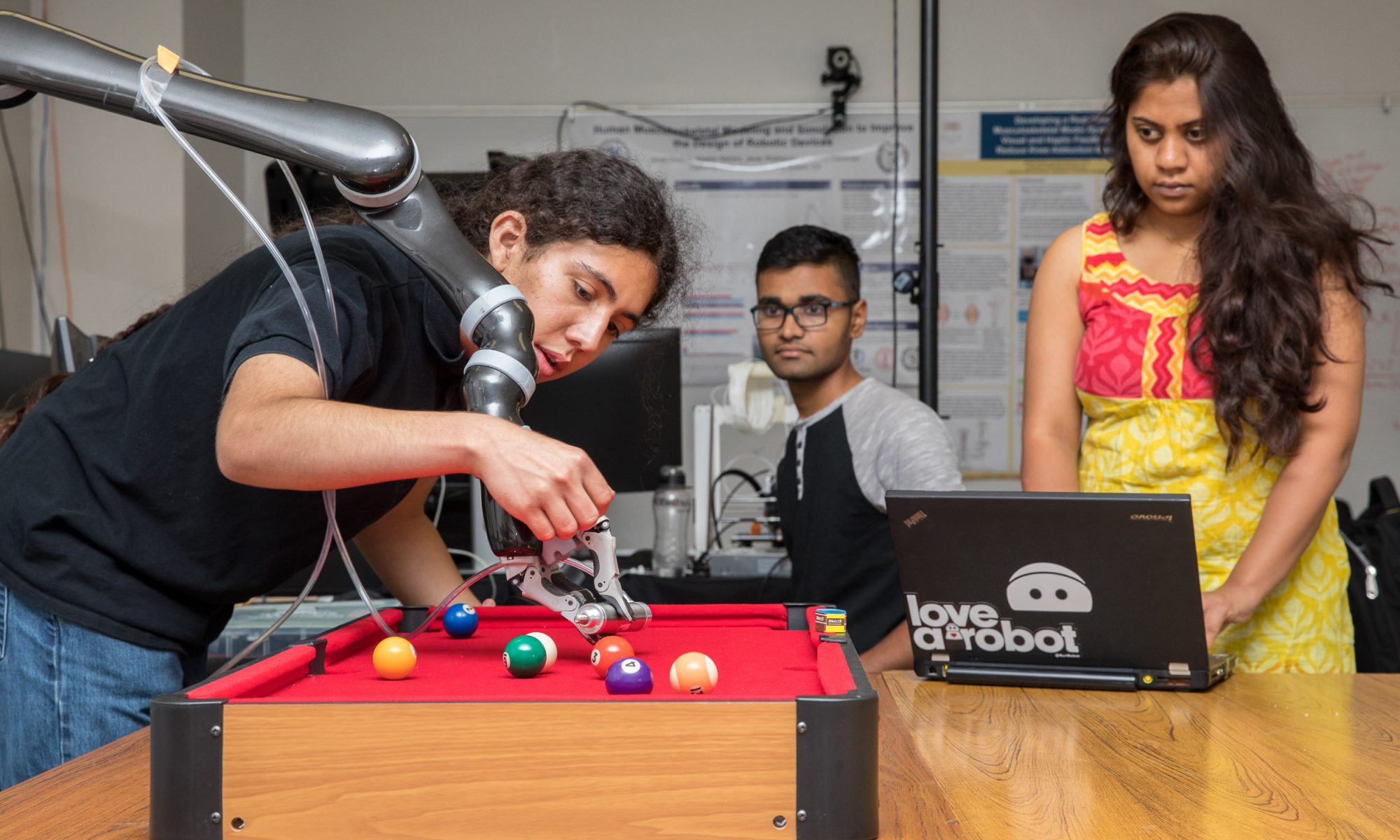San Diego-based G2 Software Systems is often enlisted to fix broken systems or refresh ones that are out of date. The company’s sweet spot is with the defense industry’s large, complex, and sometimes antiquated, systems. G2 was hired to create software that sends alerts throughout all branches of the military, notifies the continent’s defense and aviation organizations to suspicious aircraft, and lets military personnel be trained simultaneously around the globe.
On Wednesday, a group from G2 visited the CSULB College of Engineering to interview graduating computer science seniors for possible jobs or internships. G2’s founder, Georgia Griffiths, is a CSULB alumni and member of the Dean’s Advisory Council.

“She’s a great supporter of scholarships for the College of Engineering,” said COE Development Director Nicole Forrest-Boggs, whose office organized the event. “We’re very happy to have them here.”
The G2 contingent included general manager Pete Keyes, mathematician Christopher Priebe, and office manager Jessica Rose, a CUSLB alumni.
Priebe, who manages a technology team at G2, said job prospects are bright for computer science majors. “This is a booming industry. It’s a seller’s market. There’s a lot of competition for engineers,” he said.
Established in 1989, G2 is looking for new hires with experience in the software development lifecycle, agile, service-oriented-architecture, web-based designs, software-defined radio, cybersecurity, and modeling and simulation.
Priebe said most people tend to stay with the company a long time, with the majority of its 130 employees reporting to work at customer sites inside military installations. Most employees also hold “secret” security clearances.
“Projects can last for 10 years or just a few months,” he said. “You can gain a lot of traction with a team that stays together.”
In the past, defense companies used waterfall development techniques, launching massive software systems all at once, and updating them every four or five years. Gradually, they’ve embraced agile development, where new code is pushed every few weeks, ensuring that systems remain in line with changing requirements.
“Now, it’s more about integrated software teams working on incremental builds, rather than huge releases every few years,” he said.
Priebe is on the constant lookout for engineers with an interest in cybersecurity. Today’s cybersecurity professionals need a systems administration knowledge of operating systems and how they mesh with applications, in addition to understanding how to lock down a network. Engineers who are good at orchestrating between various software components are also useful.
“In industry, it’s up to each company to implement cybersecurity. For the DoD, for better or worse, there’s a really big stick out there,” Priebe said.

